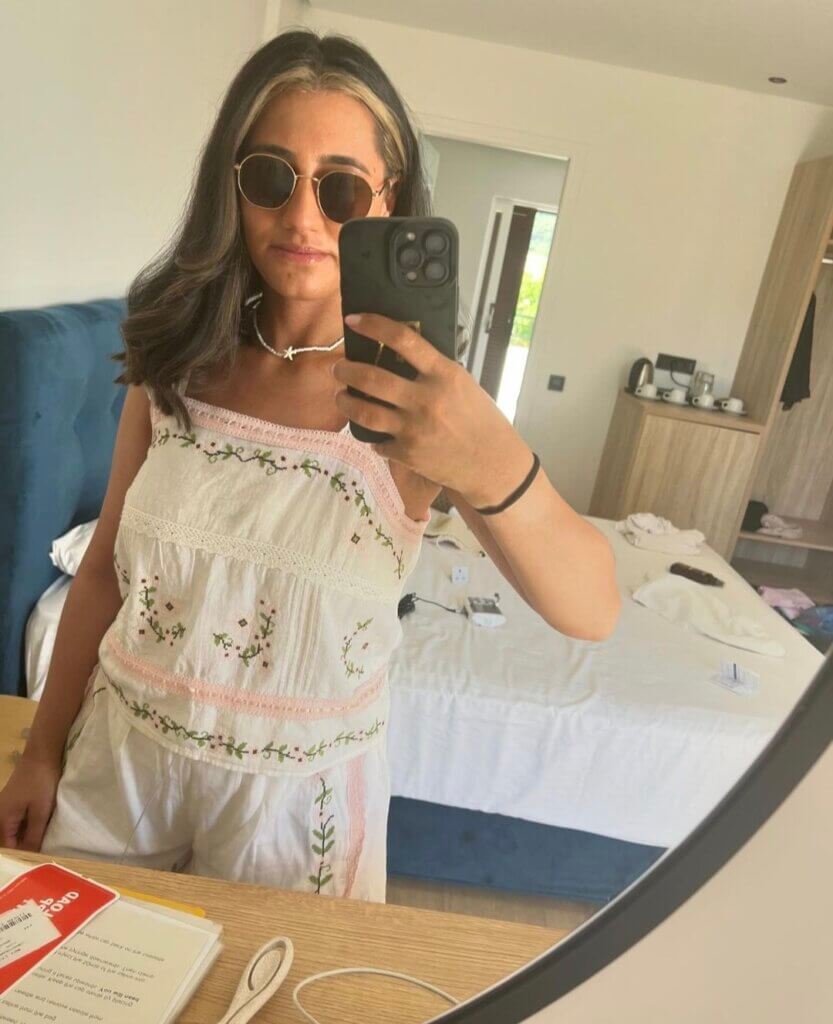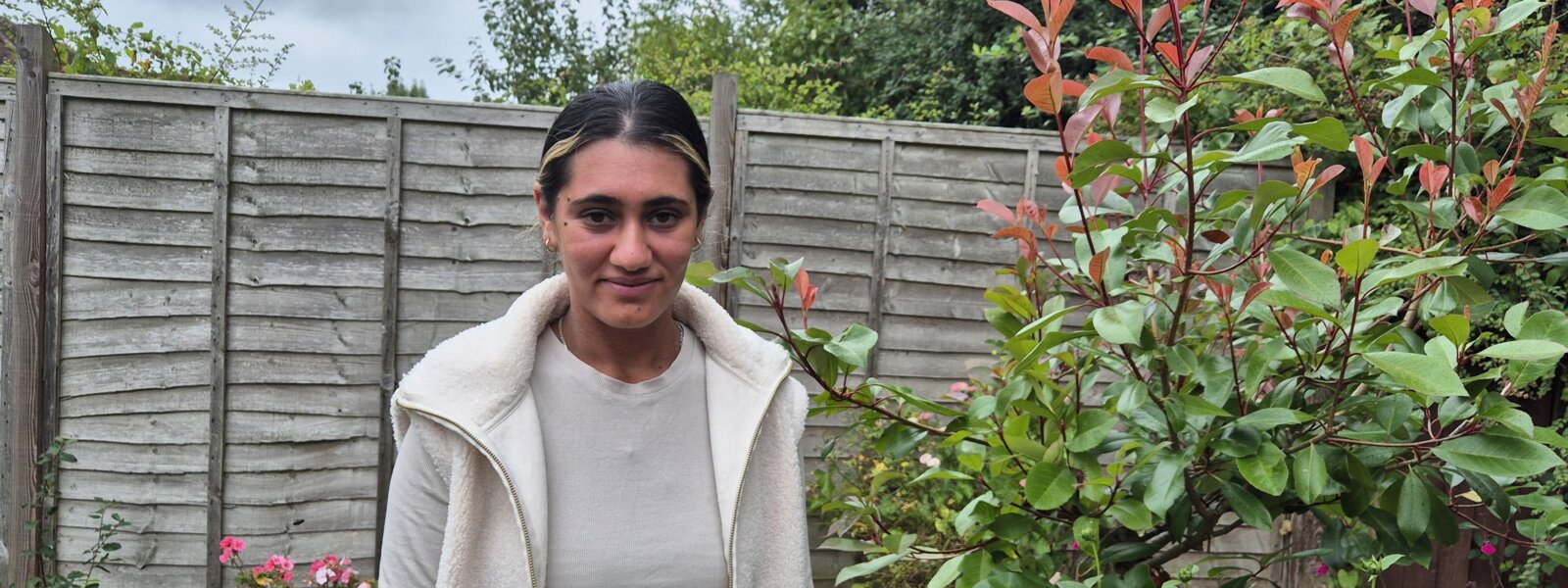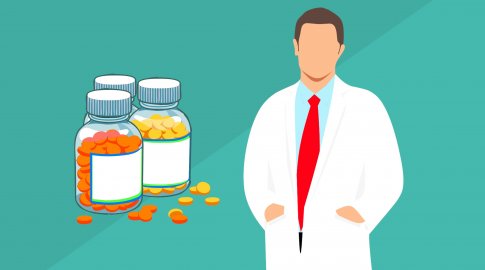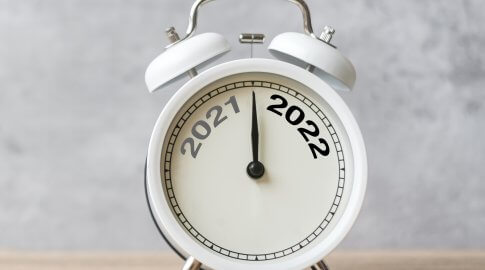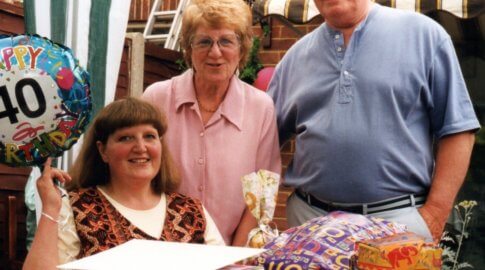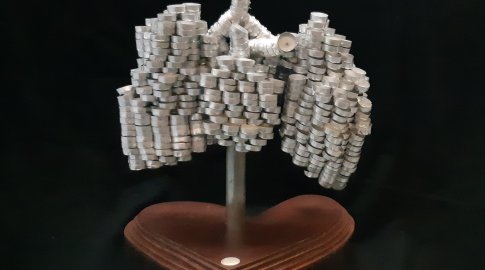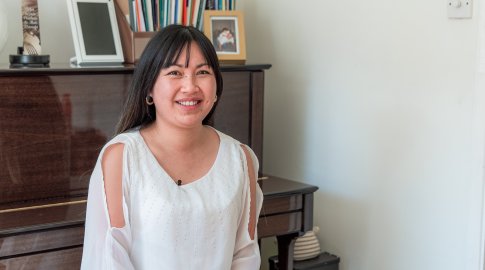Making friends with my IV pump
Alysha Sharma didn’t want to go onto intravenous medication, but she’s spent the last year learning to accept her pump – and even to see it as a friend.
Story shared in 2024
“I was diagnosed with PAH in 2018 and spent five years on oral medications. I thought going onto IV would never happen, not to me, but it got to a point where either I lived with severe symptoms, or I tried something that might give me a better quality of life.
It wasn’t an easy decision, but I transitioned onto IV at the end of October 2023, ironically on Halloween.
For six months previously, my symptoms had got worse; I was getting more and more breathless, and a lot more fatigued, and so discussions started around changing my medication.
I was gutted when it was first mentioned, as I’d put it off for so long. I was concerned about having something attached to me; that was a big issue. As a young person, you’re generally able to do what you want without having to consider anything else, and the thought of having something attached to me was a lot to deal with.
I worried about sleeping with it, having it in the bed with me, and meeting someone special with it. I also had concerns about the procedure to have the line fitted, and how I would keep the site clean.
As well as talking about it all with my hospital I discussed things a lot with my mum, and we realised there were only two choices – carry on struggling, or try something different. My PH team were very good in explaining that if it didn’t work for me, I could come off it, and that helped with my decision to give it a go.
Once I’d had the line fitted, it was all about trying to adjust to a ‘new normal’. I work as an occupational therapist and I’d been worried about how I would do the physical aspect my job with the pump, but actually, I’ve managed quite well. I take every day at work as it comes, and if there’s something I’m unable to do, I just say.
I’ve had counselling (accessed privately) to help me come to terms with having the pump and the line, and that has helped me to accept things mentally. I’ve realised I either have to get on and use the pump as my best friend – because that’s really what it is – or I go back to having really bad symptoms.
I change the medication in my pump every two days and at first, it would take up to half an hour because it was all so new, and I wanted to get everything right. Now, I can do it in ten minutes, and I’ve learned that the best time to do it is just before bed, so the side effects occur whilst I’m asleep.
I carry my pump around my waist, as I find that’s the easiest way for me. I do find it quite difficult with certain clothing; for example, with long-sleeve jumper dresses, there’s no way of getting the line out – so I do have to think about what I wear.
The pump is there to make me feel better, and whilst I wish it could be smaller, it is what it is.
I was really ill before going onto the IV medication and now I’m able to do a little bit more, and I’m not as fatigued. Despite the challenges, it has given be a better quality of life.
When I put new medication in, I do get side effects, so it’s swings and roundabouts, but you do have to take the good with the bad. And ultimately, being on IV is allowing me to do more.
A good friend is always there to support you, through the good times and the bad times, and I’m learning to see my pump as a friend that helps me through the bad ones.
If anyone reading this is where I was a year ago, and worrying about going onto IV therapy, my top piece of advice would be to connect with people who are already on it and learn from their experiences.
Talk about how you feel; communication is really important. Take on board all the training provided by your hospital, and don’t be afraid to ask questions.”

